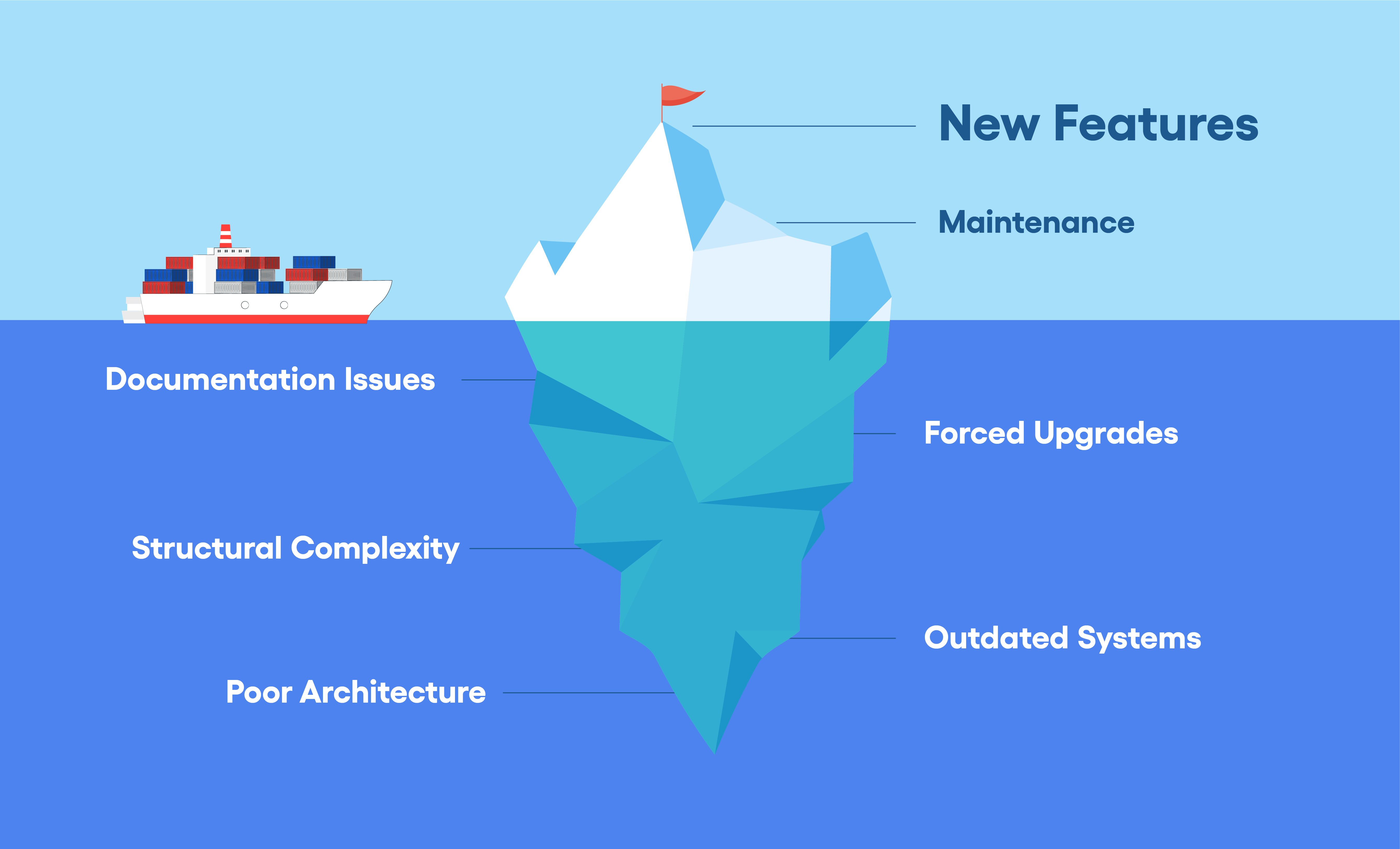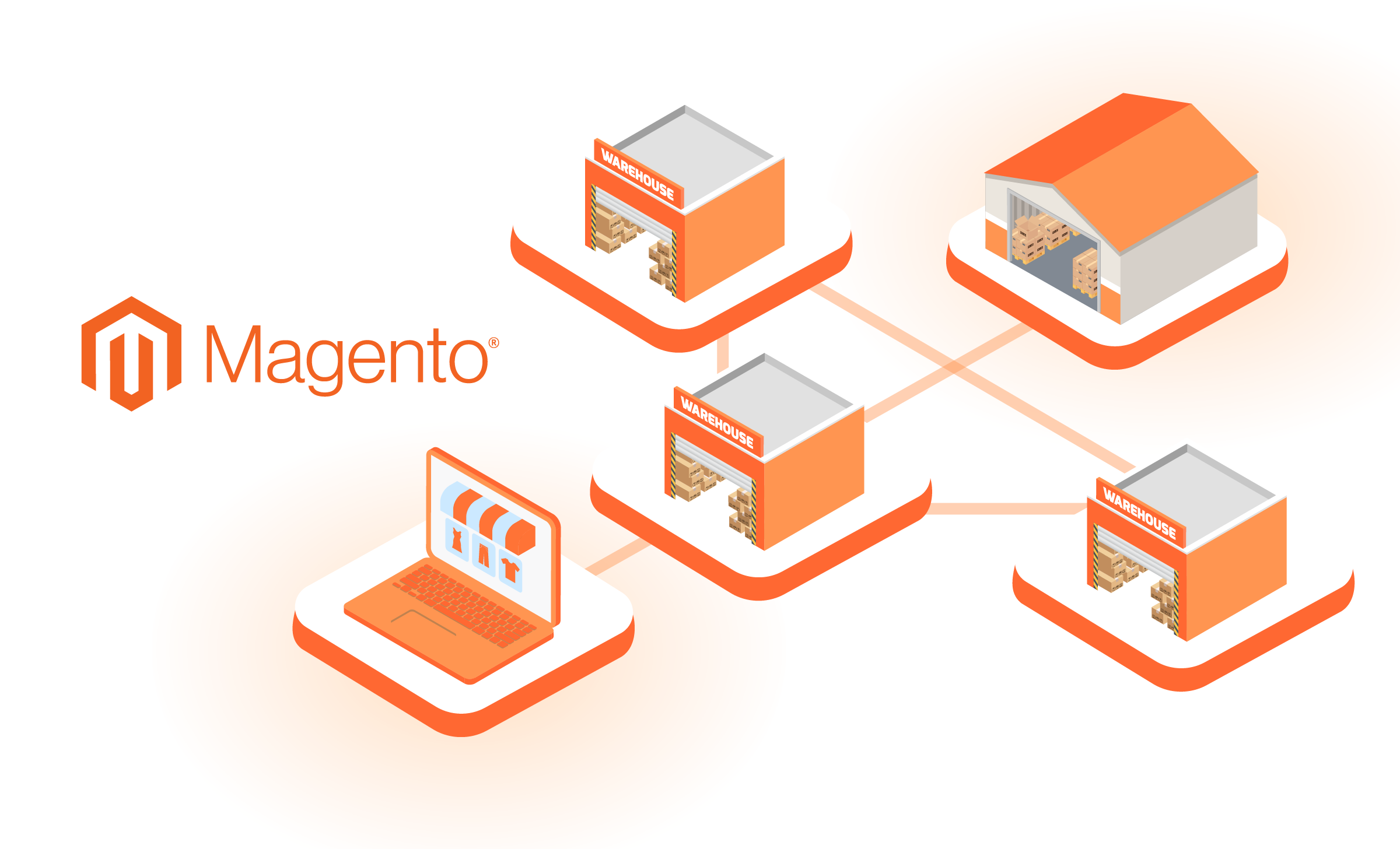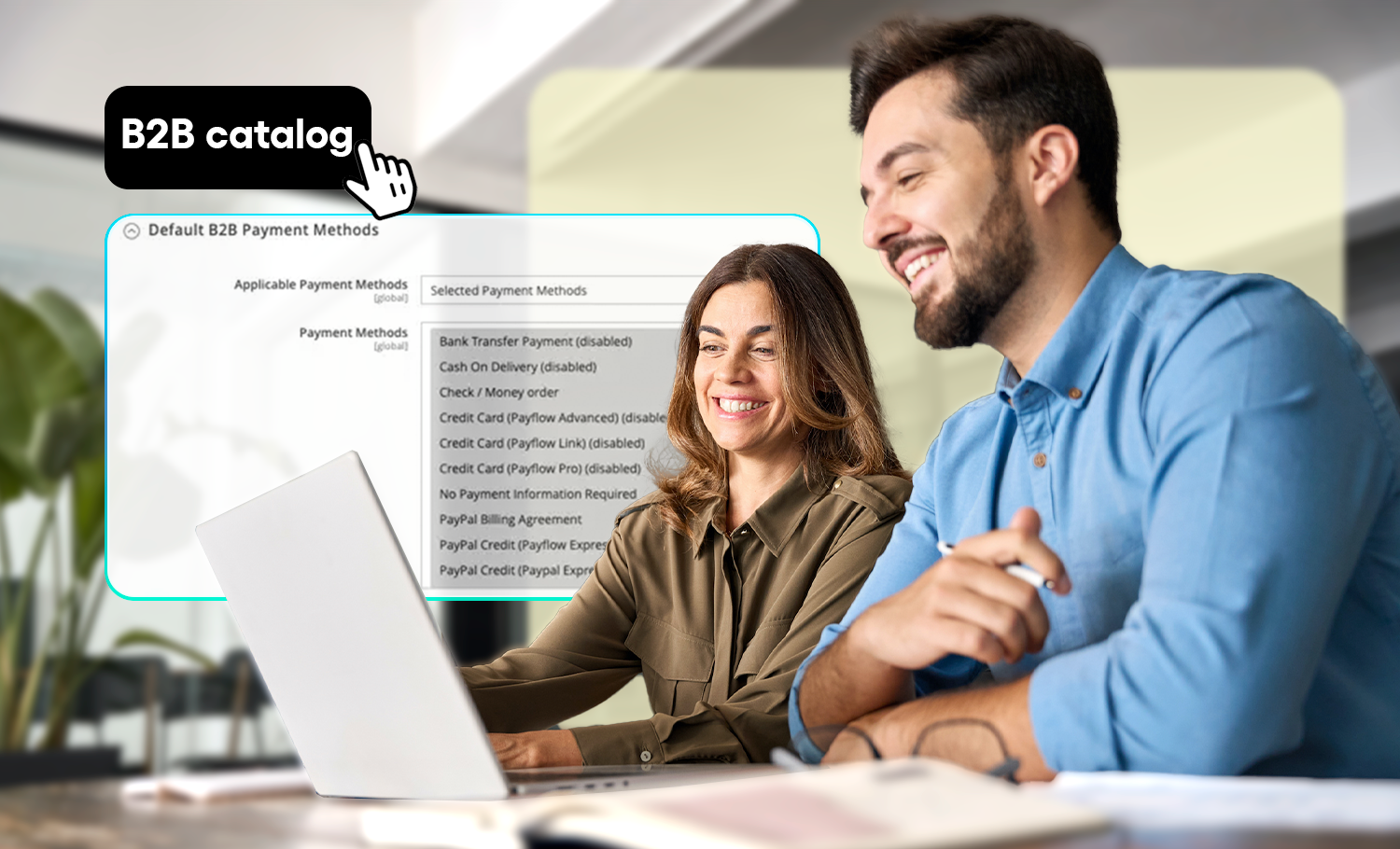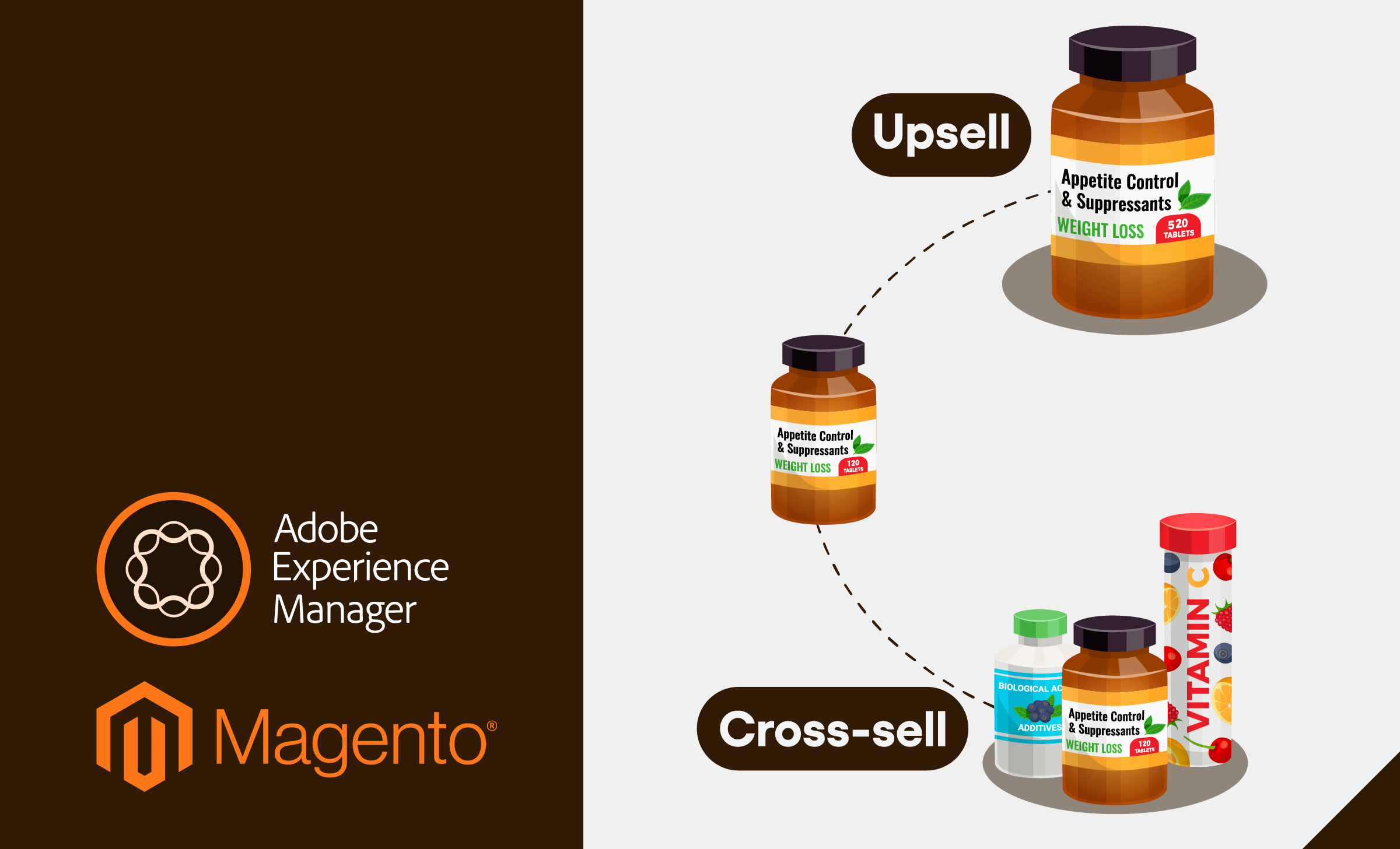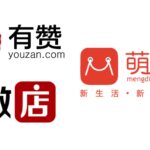High-traffic moments are what every eCommerce brand works toward, but they're also when stores are most at risk of failure.
Whether it’s Black Friday in the West or 618 in China, shopping festivals, promotional campaigns and viral moments can drive tens of thousands of users to a store in minutes. These kinds of spikes test the limits of store infrastructure, checkout stability, third-party apps, and even localized content delivery.
And even big players like Amazon aren’t immune. On Prime Day 2018, a 63-minute outage famously cost the company nearly $100 million in lost sales. If a tech giant can stumble under traffic pressure, smaller brands are even more vulnerable. According to Queue-it, 91% of large eCommerce businesses report downtime costs exceeding US $300,000 per hour. The price of unpreparedness is real, and growing.
At TMO, we've seen how these surges play out across different markets. China, in particular, sets a high bar for readiness. Mobile-first consumers, a fragmented payment landscape, and real-time traffic volatility mean that any weakness in your setup will be exposed quickly. If your store can hold up during a China shopping festival, it's likely ready for anything.
Skip the guesswork! Our Technical Audit and Optimization Services Ensure you diagnose and prepare your eCommerce operation to withstand high-user peaks.
But you don't have to be targeting 618 to take traffic readiness seriously. Whether you're preparing for a seasonal promotion, launching a new product, or running a high-stakes influencer campaign, this guide breaks down why sites crash under pressure and how to ensure yours stays online when it matters most.
Why Stores Crash Under High Traffic
Besides magnifying success, traffic spikes also expose weaknesses. Brands often assume that if their website works under normal conditions, it will hold up during peak demand. However, high-traffic scenarios create very different stress profiles across infrastructure, integrations, and user experience.
Need to diagnose your website's performance? We previously covered Not Broken, Just Slow? 5 eCommerce Issues Costing you SalesSite speed can be the culprit behind poor UX, ROI, and scalability. We explain common technical issues, where to look, and how to fix them.5 eCommerce Issues Costing you Sales.
During Black Friday 2024, Costco experienced 16.5 hours of downtime, reportedly costing the retailer nearly US $11 million in missed sales. The average website, according to Cloudways, suffers 2 hours of outage per month, often unnoticed until the stakes are highest. Here are the most common failure points:
| Failure Point | What Happens Under Load |
|---|---|
| Server & Hosting Overload | Infrastructure maxes out CPU or memory, causing timeouts or full outages. |
| Unoptimized Checkout Flow | Gateway delays, double charges, or errors lead to abandonment at the final step. |
| Third-Party Scripts & Apps | Reviews, personalization, or tracking scripts block page rendering or crash under stress. |
| Page Load Slowdown | Asset-heavy pages become sluggish or unresponsive, especially on mobile or poor networks. |
| Lack of Real-Time Monitoring | Teams are unaware of issues as they unfold, missing the window to recover lost sales. |
High traffic is not just more of the same: it creates new conditions that require technical, architectural, and UX readiness. If you haven't tested your store for stress, you're hoping it survives, not ensuring it does.
What China's Shopping Sprees Teach Us About Scalability
If traffic peaks are a global challenge, China is the ultimate test environment. Massive, coordinated commerce campaigns due to shopping festivals like 618 and Double 11 push both brands and platforms to their technical limits, and for international brands, they reveal what true scalability demands for brands running their own eCommerce websites.
During 2023's 618 Festival, Apple’s transaction volume surpassed RMB 100 million in just one second on JD.com. The following year, over 10,000 brands saw a more than fivefold increase in transaction volume by midnight on day one.
Analyzing shopping sprees gives powerful insight into the performance constraints most likely to put your site at risk. Preparing for peak season forces brands to adopt scalable practices that benefit performance in any market:
- Volume Arrives All at Once: Campaigns are time-bound and often driven by livestreams, influencer promotions, or pre-warmed promotions. One mention on Douyin or Xiaohongshu can drive tens of thousands of mobile users to a product page in under 30 seconds. There's little warning and no room for gradual scaling.
- Mobile-First, Mobile-Only Behavior: China’s consumers overwhelmingly browse and purchase via mobile, often using super apps or browser mini-programs. That means page load time, interactivity, and checkout must be frictionless on lower-spec devices and on spotty 4G connections — not just desktop-optimized.
- Payment System Complexity: Your site must be compatible with Alipay, WeChat Pay, UnionPay, and possibly local BNPL options. If any gateway lags, times out, or fails to confirm the transaction, you're not just losing the sale — you're risking public customer complaints in real-time social channels.
- Infrastructure Must Be Localized: Without a China-accessible CDN, pages load slowly or not at all. Many global SaaS apps and analytics tools used by Western brands don’t perform well or are blocked outright in China. This adds complexity to performance and compliance — and increases the likelihood of failure during traffic peaks.
Localization of infrastructure is critical! Learn Global Site Speed Disparity: Why Your eCommerce Is Slow in AsiaFrom CDN gaps to compliance blockers, we break down the main infrastructure issues slowing your eCommerce performance in Asia and globally.Why your eCommerce is Slow in Asia and how to address Global Site Speed Disparity.
How to Ensure Your Website Is Ready for Peak Season
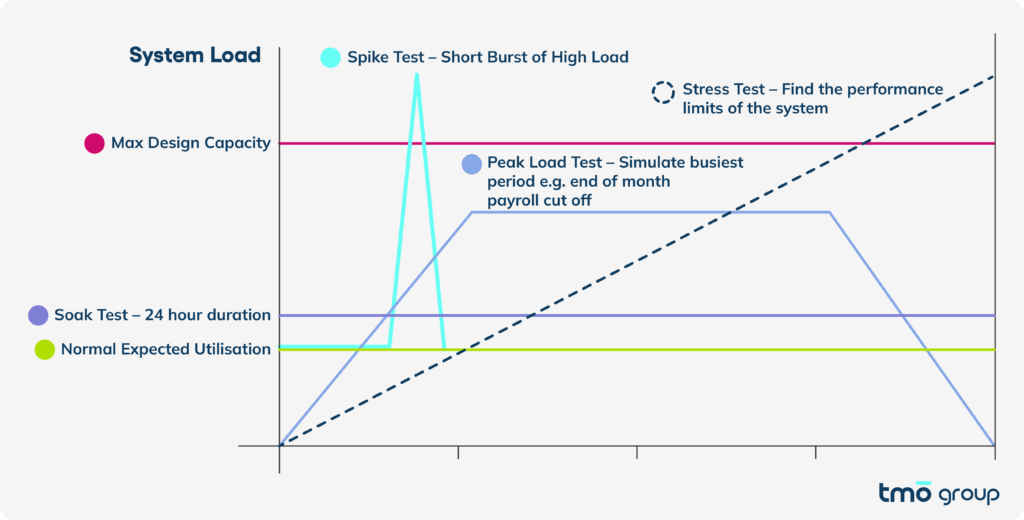
Besides avoiding downtime, peak season preparations should be about ensuring your customers get the same fast, seamless experience under pressure as they do on an average day, no matter where they are or how many are shopping at once.
Here’s a performance-readiness checklist that applies globally, with added relevance if you're targeting China or other mobile-heavy markets:
1. Run Load Testing Before You Launch
Use simulated traffic spikes to test how your site performs under stress, identifying bottlenecks such as the checkout API, the product detail page, or third-party scripts. Load testing should mimic campaign peaks, not just baseline traffic.
2. Localize CDN and Asset Delivery
Ensure your CDN is optimized for the regions you serve. If you’re targeting users in China or Southeast Asia, your global CDN may not cut it. Route traffic through a China-optimized CDN (like Alibaba Cloud) to improve load times and prevent drop-offs.
3. Audit Third-Party Apps and Scripts
Remove or defer non-essential scripts. Review what loads above the fold and what can wait. Third-party apps often block rendering or fail under pressure, particularly review tools, personalization engines, and tracking tags.
4. Stress-Test Your Checkout and Payments
Test not just your checkout UI, but your payment gateway throughput. Can it handle 500 concurrent sessions without timing out? Ensure compatibility with high-demand systems like PayPal, Stripe, Alipay, and WeChat Pay.
5. Implement Real-Time Monitoring and Alerts
Use dashboards to track server load, API latency, cart abandonment, and checkout errors in real-time. Set up alerts that notify your team before things break, not after.
6. Have a Rollback or Failover Plan
Know what you’ll turn off if something goes wrong. Can you cache your homepage or product feeds? Can you disable promotional banners or reduce image weights on the fly? Rather than trying to scramble mid-campaign, plan some fail-safes in case they're needed.
The Right eCommerce Platform Can Help You Handle User Spikes
Your eCommerce stack plays a central role in how well your store can scale under pressure. But traffic readiness isn’t just about picking the “right” platform, it’s about understanding how each one handles stress, and where you need to fill the gaps. That said, no solution will handle traffic spikes for you. Instead, each one supports scalability in different ways, depending on how much flexibility, customization, and technical control you need.
At TMO, we've spent years helping global brands implement, tune, and localize both Shopify Plus and Magento to meet the demands of high-concurrency events. Let's look at some differences between the two when it comes to this:
Shopify Plus: Built-In Scalability, Limited Customization
Shopify Plus offers a robust, hosted infrastructure that auto-scales with traffic demand. During major sales events, many brands benefit from Shopify’s performance guarantees and managed uptime. But while the platform can absorb large traffic spikes, Shopify Plus still requires careful planning for:
- Front-end performance optimization (especially on mobile)
- Checkout extensibility under load
- Localization for markets where Shopify’s default stack may need additional layers (CDN tuning, payment gateway integrations)
If you’re a fast-scaling DTC brand looking for a stable, managed environment, Shopify Plus can definitely handle the load if you prepare the right way.
Magento (Adobe Commerce): Deep Control that Requires Engineering
Magento gives you full control over infrastructure, performance tuning, and customization. That makes it powerful for brands with complex catalogs, custom checkout flows, or multi-region delivery needs, however:
- You must provision and tune your hosting environment for scale
- Performance testing and DevOps strategy are critical
- Front-end speed, database responsiveness, and plugin compatibility all require proactive optimization
For brands targeting technically demanding markets like China, Magento’s openness can be a strength but only if backed by the right development team.
Both Shopify Plus and Magento are capable of handling high-traffic events. The real difference lies in how much control you want and how much technical ownership you're prepared to manage. In both cases, success comes not from the platform alone, but from how well you’ve configured and stress-tested it for the realities of scale.
How TMO Helps Brands Prepare for Traffic Peaks
TMO has worked with global brands across Asia, Europe, and North America to help them prepare for traffic-intensive campaigns, high-stakes product launches, and platform migrations. We've also helped brands succeed in one of the most demanding digital environments in the world, China, where traffic surges are sharper, infrastructure requirements are stricter, and mobile expectations are higher. Our Peak Traffic Readiness Services Include:
- Technical Performance Audits: We evaluate your infrastructure, front-end, checkout, and app stack to identify weak points and scaling risks before they become revenue losses.
- CDN Optimization & Infrastructure Tuning: We ensure content delivery is fast and consistent in your target regions, including support for China-optimized hosting and routing strategies.
- Checkout & Payment Readiness Testing: We test your checkout under simulated load and validate compatibility with local gateways such as Alipay, WeChat Pay, UnionPay, and others.
- Load Testing & Stress Simulation: We run controlled, campaign-style traffic spikes against your staging environment to uncover performance limits and test failover responses.
- Shopify Plus and Magento Scalability Consulting: Whether you're hosted or self-managed, we help you tune and extend your platform so it holds up under pressure, with special attention to localized requirements in Asia.
With the right testing, optimization, and infrastructure planning, you can approach peak season with confidence, knowing your site is built for scale. At TMO, we've helped brands across regions and industries prepare for their highest-traffic moments, especially in complex, high-growth markets like China. If you're planning a campaign, experiencing growth, or simply want to audit whether your store can handle the next surge, contact us for a technical assessment tailored to your stack, region, and business need.


